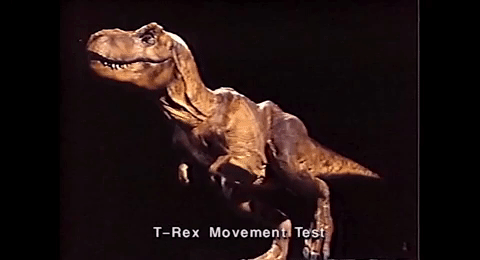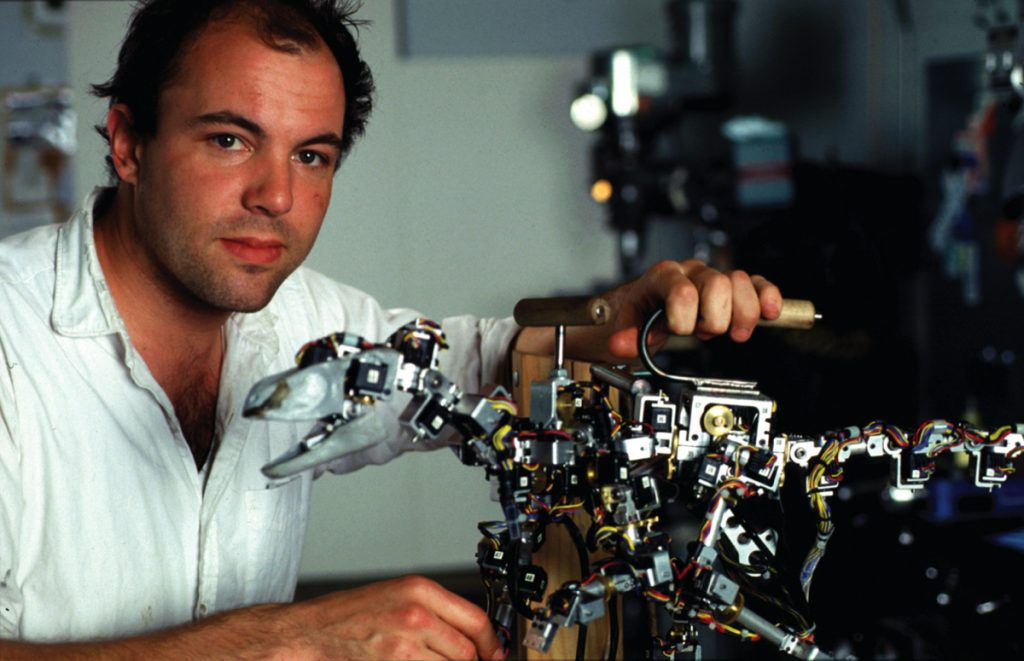As someone who is going into 3D animation, I thought the discussion on media and materiality by N. Katherine Hayles was very interesting to read about. Digital technology is becoming more and more prevalent within society, and it is interesting to examine how it affects the physical world and our future as a whole. Much like Stephen Kline’s discussion on defining technology, the digital has become a prominent part of our lives, and we discuss how exactly it plays into our understanding of the world and materiality. As Hayles discussed in their book, the introduction of 3D software has drastically changed the capabillites of production, a shot that would have taken over a hundred cameras, coordination, and hours of editing is now able to be done in a digital space with a single camera, moved around the character and adjusted with a simple slider.
Another perfect example of this shift is with the making of Jurassic Park. The original plan for bringing to life the dinosaurs of Jurassic Park was using stop motion and puppets. This was the standard for doing visual effects, but some of the crew felt it would not truly capture the motion that audiences would be expecting for such creatures. So, Dennis Muren, the visual effects supervisor, suggested using computer generated effects. After doing some tests, Spielberg decided that they would move away from the stop motion plans and use computer animation to bring the creatures to life.


This is a prime example of the switch to the digital age, a marking from the physical to digital. Jurassic Park showed a movement from the materiality of stop motion to the digitality of computer-generated animation. However, the making of the film also supports Hayles’ claim that materiality is also prevalent for producing these simulations and computer engines. When switching over to cgi, the production team utilized the talents of the stop motion animators by creating a specially made hardware nicknamed the “dinosaur input device.” The dinosaur input device was a puppet, very similar to the ones that stop motion animators would use and encoded it so that the computer would register the movement so they could animate as they normally would. This gave animators a physical device they could manipulate and animate with.

While we are moving to a more digital centric world, the materiality is still very prevalent and can be combined with the digital to create unique and amazing products and solutions.
Leave a Reply